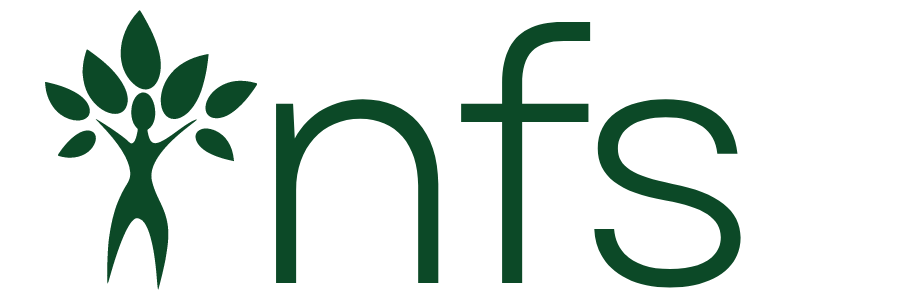A Project Monitoring System (PMS) should be used to maintain records of all relevant conservation and restoration activities, observations and measurements made to quantify the environmental impacts and progress with achieving social benefits. Project monitoring should be viewed as an integral part of good governance and effective management.
Records in the PMS may include:
- Field patrols, observations, interventions and plans for follow-up.
- Incident reports – records on actions being taken when deforestation activity is detected.
- Measurements taken for the purposes of quantifying carbon stock changes or risk factors (e.g. sample plots, mapping of roads and tracks, etc.).
- Measurements and observations taken for the purposes of biodiversity monitoring
- Monitoring of progress on agreed development activities.
- Records of staff training and capabilities.
To enable auditing, data collected within the PMS should include:
- Dates, times, locations and identity of observations and measurements.
- Identities of relevant people and places.
- Relevant measurement units.
Training and Equipment
The personnel involved in quantification of carbon and biodiversity metrics should have sufficient training and be properly equipped to carry out the tasks assigned to them.
References
GOFC-GOLD, 2013, A sourcebook of methods and procedures for monitoring and reporting anthropogenic greenhouse gas emissions and removals associated with deforestation, gains and losses of carbon stocks in forests remaining forests, and forestation. GOFC-GOLD Report version COP19-2, (GOFC-GOLD Land Cover Project Office, Wageningen University, The Netherlands). Available at: https://www.gofcgold.wur.nl/redd/sourcebook/GOFC-GOLD_Sourcebook.pdf
World Business Council for Sustainable Development; World Resources Institute, 2001. The greenhouse gas protocol: a corporate accounting and reporting standard. Washington, D.C. Geneva, Switzerland. Available at: https://www.ghgprotocol.org/files/ghgp/public/ghg-protocol-revised.pdf
